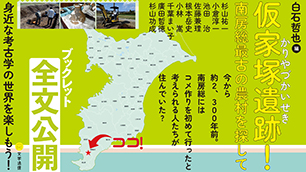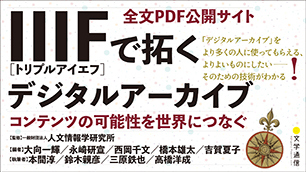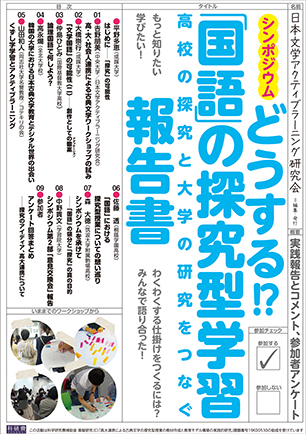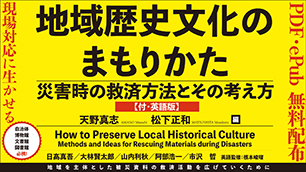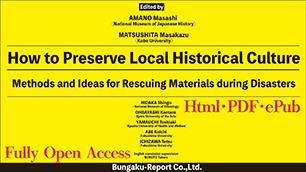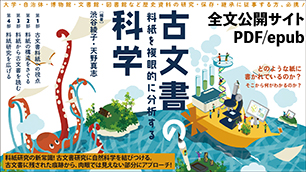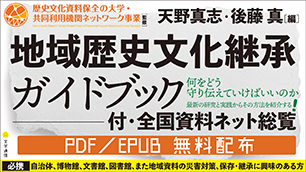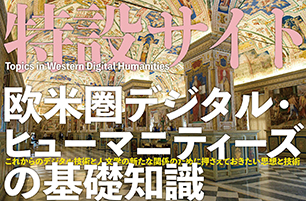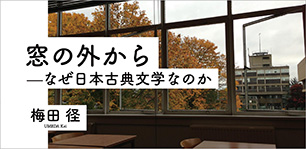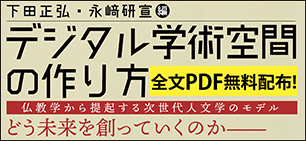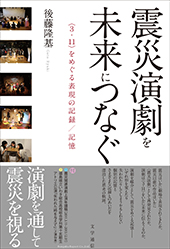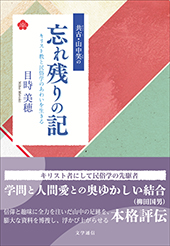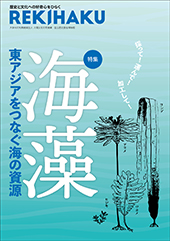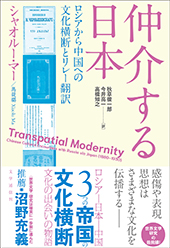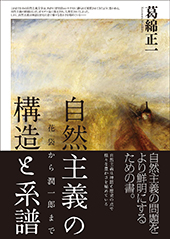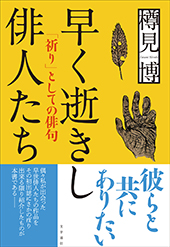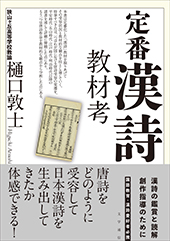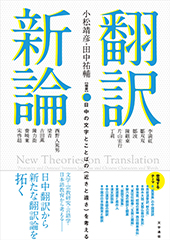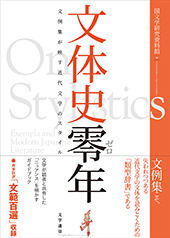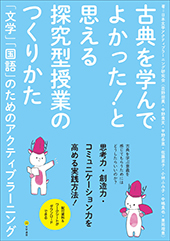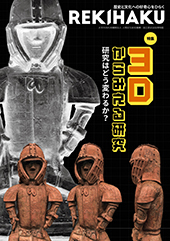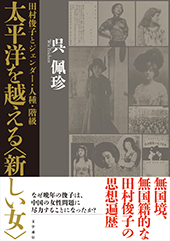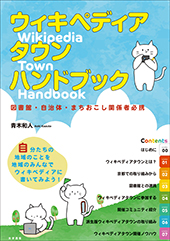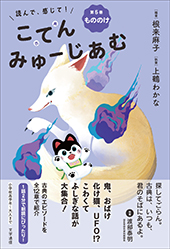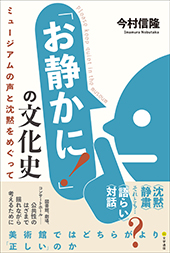国立国語研究所:第143回 NINJALコロキウム "The Acquisition of Demonstratives in Cross-linguistic Perspective"(2024年9月3日 (火) 15:10~17:10、国立国語研究所 3Fセミナー室+オンライン(Zoom))※要申し込み
講演会情報です。
●公式サイトはこちら
https://www.ninjal.ac.jp/events_jp/20240903a/
--------------------
※詳細は上記サイトをご確認ください。
開催期日
2024年9月3日 (火) 15:10~17:10
開催場所
対面とオンラインのどちらでも参加できる、ハイブリッド形式で開催
国立国語研究所 3Fセミナー室 (東京都立川市緑町10-2)
オンライン (Web会議サービスの「Zoom」を使用)
講師
Holger Diessel (Professor, University of Jena (Germany) )
講演は英語で行います。
専門領域
Cognitive linguistics, Construction grammar, Usage-based linguistics, Typology
主要業績
Diessel, H. The Constructicon: Taxonomies and Networks. Cambridge University Press; 2023.
Diessel, H. The Grammar Network: How Linguistic Structure Is Shaped by Language Use. Cambridge University Press; 2019.
Diessel, H. The Acquisition of Complex Sentences. Cambridge University Press; 2004.
Diessel, H. Demonstratives: Form, Function and Grammaticalization. John Benjamins; 1999.
講演主旨
Demonstratives are a unique class of expressions that are of fundamental significance to communication, discourse and grammar. Considering the communicative function of demonstratives (to establish joint attention), it is widely assumed that demonstratives play an important role in first language acquisition (e.g. Clark 1978). However, while demonstratives are often mentioned in the acquisition literature on word learning and pointing, there is little systematic research on this topic.
In this paper, I will present the results of a recent corpus study designed to investigate the emergence and development of demonstratives in early child language from a cross-linguistic perspective. Examining data from three European (English, French, Spanish) and four non-European languages (Japanese, Chinese, Hebrew, Indonesian), the study shows that demonstratives are among the earliest and most frequent words children use. They typically emerge around the first birthday in multimodal settings involving body-based means of deictic communication such as pointing, showing, and grasping. Excluding response particles such as English yes and no, demonstratives are by far the most frequent words one-year-old children use in all languages of the sample, accounting for about 7 to 11 percent of all child words at this young age. Demonstratives are also frequent in the ambient language, but children use them more frequently than their parents, suggesting that demonstratives are especially useful for young children. Other spatial expressions appear only later and are much less common than demonstratives. Spatial adpositions, for example, are only rarely used by one-year-olds, but they increase in frequency during the preschool years, while demonstratives become less common. Given these developments, I argue that children shift from using an ego-centric, body-oriented strategy of deictic communication to more abstract and disembodied strategies of encoding reference and space during the preschool years.
References
Clark, E. V. 1978. From gesture to word: On the natural history of deixis in language acquisition. In J. S. Bruner & A. Garton (eds.), Human Growth and Development, 85˗120. Oxford: Oxford University Press.
Diessel, H. and Monakhov, S. 2023. Acquisition of demonstratives in crosslinguistic perspective. Journal of Child Language 50(4): 922˗953.
キーワード
講演会、オンライン開催、NINJALコロキウム、Demonstratives, Language acquisition, Deixis, Spatial cognition, Language universals, Cross-linguistic







